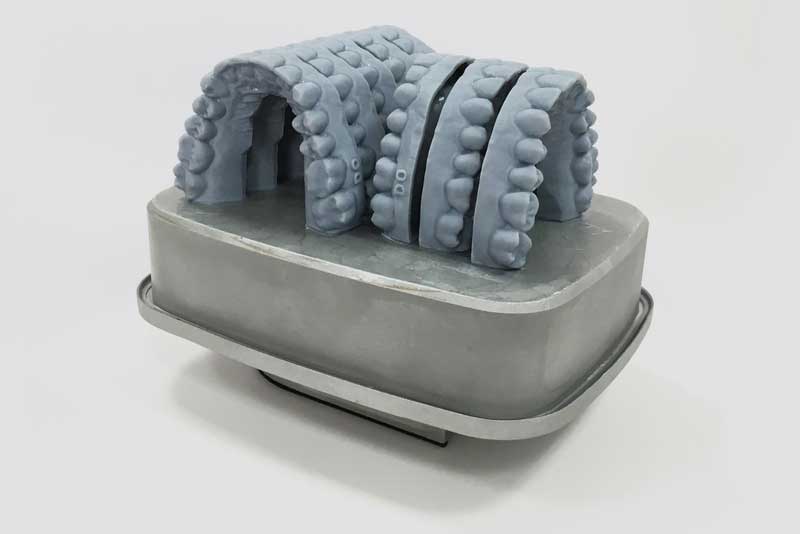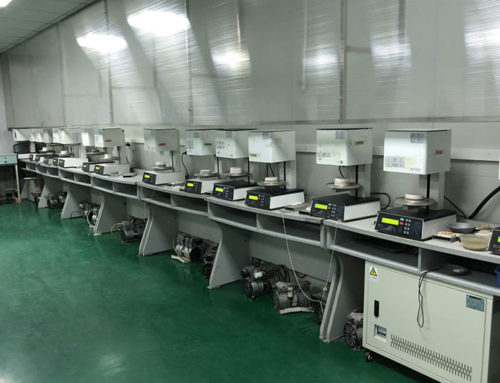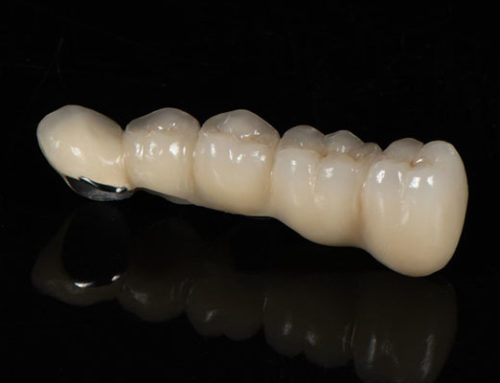When we talk to people who are proficient in 3D printing technology and various applications, most people don’t realize how popular 3D printing is in the dental field, more specifically, how it gave birth to a multi-billion dollar Industry-clear aligner.
Most people will be aware of the clear alignment market, its tremendous growth in the past ten years, especially the well-known brand, Invicta. Align Technology, the parent company of Invi Align, has done a great job in promoting its brand to the world so that everyone knows who they are, but they do not know that they are the largest single user of 3D printers in the world.
The Birth of Aligners Industry
The founders Zia Chishti and Kelsey Wirth, graduates of Stanford University, discovered opportunities to use technology in the field of orthodontics. None of them is orthodontists, but they have a vision for how transparent plastic can change orthodontic treatment. By hiring some alumni, they established Align Technology. Following the typical Silicon Valley route, they raised a lot of funds from well-known venture capital and launched their Invisalign product.

With this funding, they will continue to develop advanced software to define a clear aligner manufacturing process using 3D printing and thermoforming, and create a large amount of intellectual property in the process (Align Technology holds more than 650 patents worldwide). Despite the setbacks in the first few years and the focus on direct-to-consumer marketing, 20 years later, this company finally stood out. In September last year, Invisalign welcomed its 4 millionth patient, and its sales in 2016 reached US$1 billion. Currently, Invisalign has approximately 11% market share in its global target market. Perhaps the clear alignment industry is not that niche.
How it is done
Many people will have a general idea of how clear alignment is fabricated, but we will quickly enter it here, just reviewing the process. In a simplified world, a clear aligner requires 4 steps:

Step 1: The orthodontist takes an impression of the patient (a traditional impression is a stone model digitized by a desktop scanner or an intraoral scan)
Step 2: Load the scan results into the design software, and the technicians clean up the data, and formulate a treatment plan according to a series of guidelines (for example, input the scan results into the design software). How much tooth movement is allowed per step). This forms a series of steps in which the teeth will gradually move towards the desired result. This may require 2-3 to 50-60 steps, depending on the complexity of the situation.
Step 3: The file is exported to a 3D printer, and each step of the processing plan is printed out as a physical model and used as a mold for the next process.
Step 4: Using a thermoforming machine, a thin, durable plastic sheet thermoformed the model, removed and cut to produce your final aligner.
Before truly understanding the workflow, someone may ask why 3D printing really needs to be involved in this process. The answer is simple. Without 3D printing, we cannot print out the “future” steps of tooth movement. Since the treatment planning process is completed virtually and moved forward in time, apart from 3D printing, there is no other feasible and scalable method to obtain a physical version of a 3D object.
Why don’t Print The Aligner Directly?
Another pressing question (we have been asking) is why we can’t just print the aligner and skip step 3, which may be the most laborious and time-consuming part of the process. Three-dimensional printing in orthodontics may be the “Holy Grail.” In our opinion, there are some major challenges here. Thermoplastics have characteristics that are currently extremely difficult to simulate in photopolymer chemistry. Some of the main requirements of this material are:
- Be tough and tough
- Both flexible and rigid
- Transparent (invisible in the mouth)
- FDA approved
- Economy
The existing 3D printing materials on the market have some combination of these characteristics, but as far as we know, no material has all these characteristics.

What’s next?
The story of Align Technology is impressive. From our perspective, it shows that new technologies not only improve work processes, such as digital dentistry but also give birth to whole new industries. It took 20 years for Align to develop to where it is today, becoming a company with a market value of $12 billion. Thanks to pioneers like Align Technology, 3D printing technology has opened the door to other innovative products in the dental field. Orthodontics is just the beginning. The power of 3D printing has not been fully utilized.

